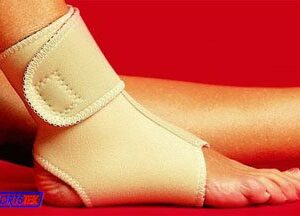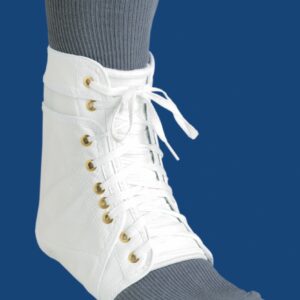Peroneal Tendon Subluxation
Updated:
(Also known as Peroneal Tendon Dislocation)
What is a peroneal tendon subluxation?
There are several muscles which lie on the outside of the lower leg and are collectively known as the peroneal muscles (figure 1). These originate from the outer lower leg bone (fibula) and travel down along the outside of the leg where they insert into various bones in the foot via the peroneal tendons (figure 1). The peroneal tendons travel behind the bony prominence at the outside of the ankle and are firmly held in position by strong connective tissue known as the peroneal retinaculum (figure 1).
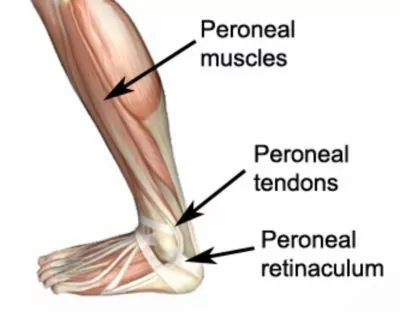
Occasionally the peroneal retinaculum can be torn. As a result, the peroneal tendons are no longer held in place by the retinaculum and therefore may slip out of position and flick over the bony prominence on the outside of the ankle. This condition is known as peroneal tendon subluxation or dislocation.
Once dislocated, the peroneal tendons may remain in the dislocated position, or they can spontaneously return to their original position. Because the peroneal retinaculum is no longer intact, the tendons are then prone to recurrent subluxation or dislocation.
Causes of peroneal tendon subluxation
The usual mechanism of injury for this condition is an excessive turning of the foot inwards (inversion – figure 2) sometimes in combination with the knee moving forward over the toes (dorsiflexion – figure 3) during weight bearing. It frequently occurs in combination with an ankle sprain, during activities requiring rapid changes in direction (e.g. basketball, football, volleyball or netball) or on uneven surfaces.
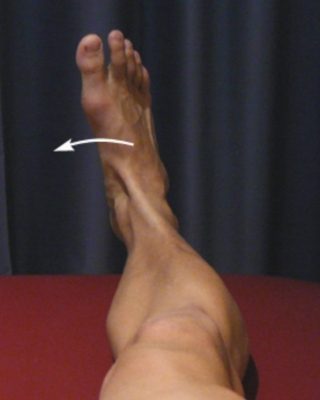
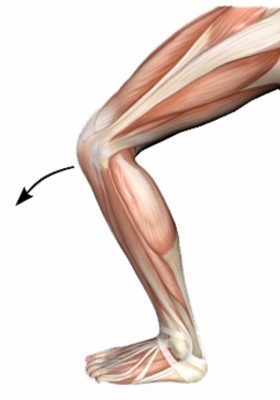
Signs and symptoms of peroneal tendon subluxation
Patients with this condition often notice an audible snap or tearing sound at the time of injury, with subsequent pain and swelling on the outside of the ankle. They may be unable to weight bear at the time of injury and frequently develop bruising and stiffness over the coming days. The patient may also notice a flicking sensation at the outer aspect of the ankle with certain movements coinciding with the moving of the peroneal tendon in and out of its original position.
Diagnosis of peroneal tendon subluxation
A thorough subjective and objective examination from a physiotherapist may be all that is necessary to diagnose peroneal tendon subluxation. Diagnosis may be confirmed with an MRI scan or ultrasound investigation.
Treatment for peroneal tendon subluxation
All patients with potential peroneal tendon subluxation or dislocation should see a physiotherapist or doctor as soon as possible. This will allow their condition to be assessed and the likelihood of them having peroneal tendon subluxation determined. Treatment for subluxed or dislocated peroneal tendons is usually surgical replacement of the tendons in their original location with repair of the retinaculum.
Following surgical intervention, rehabilitation under direction by the surgeon and physiotherapist is vital to ensure an optimal outcome. Patients should perform pain free flexibility, strengthening and balance exercises to restore normal function to the ankle. The treating physiotherapist can advise which exercises are most appropriate and when they should be commenced. In the final stages or rehabilitation, a gradual return to activity or sport should occur as guided by the treating practitioner.
-
 Premium Strapping Tape 38mm (Victor)$12.00 – $245.00
Premium Strapping Tape 38mm (Victor)$12.00 – $245.00 -
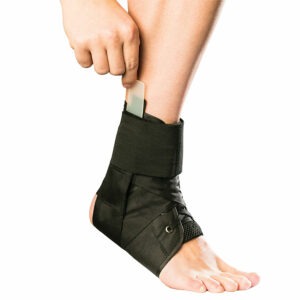 AllCare Ortho Total Ankle Brace (AOA19)$55.00
AllCare Ortho Total Ankle Brace (AOA19)$55.00 -
 AllCare Instant Cold Pack (15 x 25cm)$15.00
AllCare Instant Cold Pack (15 x 25cm)$15.00 -
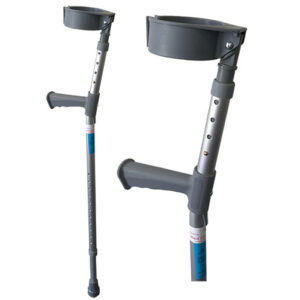 Forearm Crutches Adjustable – Standard Grip$59.00
Forearm Crutches Adjustable – Standard Grip$59.00
Physiotherapy for peroneal tendon subluxation
Physiotherapy treatment is vital to hasten healing, reduce the likelihood of recurrence and ensure an optimal outcome in all patients with peroneal tendon subluxation. Treatment may comprise:
- soft tissue massage
- electrotherapy (e.g. ultrasound)
- anti-inflammatory advice
- stretches
- joint mobilization
- taping
- bracing
- the use of crutches
- ice or heat treatment
- exercises to improve flexibility, strength and balance
- education
- activity modification advice
- biomechanical correction
- footwear advice
- a gradual return to activity program
Find a Physio
Find a Physiotherapist in your local area who can treat this condition.
Ankle exercises
- View Ankle Stretches.
- View Ankle Strengthening Exercises.
- View Balance Exercises.
Physiotherapy products for peroneal tendon subluxation
Some of the most commonly recommended products by physiotherapists for patients with this condition include:
To purchase physiotherapy products for peroneal tendon subluxation click on one of the above or below links or visit the PhysioAdvisor Shop.

Link to this Page
If you would like to link to this article on your website, simply copy the code below and add it to your page:
<a href="https://physioadvisor.com.au/injuries/ankle/peroneal-tendon-subluxation”>Peroneal Tendon Subluxation – PhysioAdvisor.com</a><br/>PhysioAdvisor offers detailed physiotherapy information on peroneal tendon subluxation and dislocation including: causes, symptoms, diagnosis, treatment, physiotherapy products and more...
Return to the top of Peroneal Tendon Subluxation.

